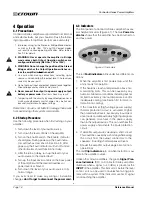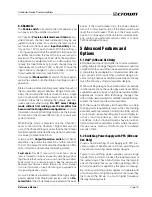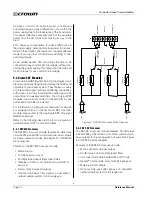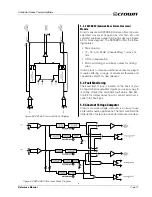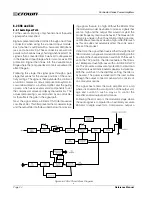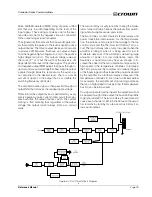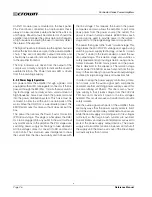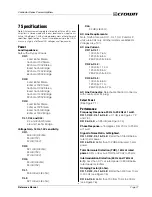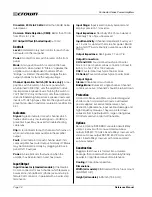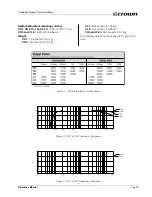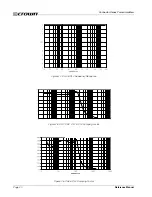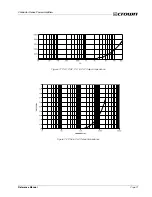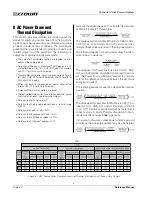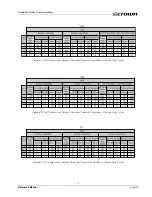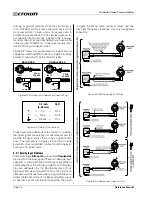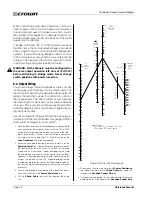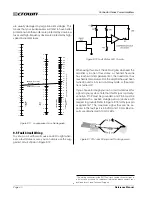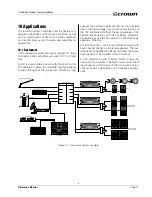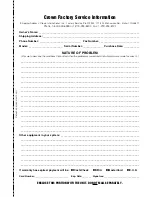
Page 32
Contractor Series Power Amplifiers
Reference Manual
8 AC Power Draw and
Thermal Dissipation
This section provides detailed information about the
amount of power and current drawn from the AC mains
by Contractor Series amplifiers and the amount of heat
produced under various conditions. The calculations
presented here are intended to provide a realistic and
reliable depiction of the amplifiers. The following as-
sumptions or approximations were made:
• The amplifier’s available channels are loaded, and full
power is being delivered.
• Amplifier efficiency at standard 1-kHz power is esti-
mated to be 65% for CH1, CH2, CL1 and CL2 models,
and 77% for CH4 and CL4 models.
• Typical quiescent power draw is approximately 60 watts
for CH1, CH2, CL1 and CL2 models, and 140 watts for
CH4 and CL4 models.
• When running at full speed, typical power draw for the
internal fan is 12 watts for all models.
• Quiescent thermal dissipation is related .
• The estimated duty cycles take into account the typical
crest factor for each type of source material.
• Duty cycle of pink noise is 50%.
• Duty cycle of highly compressed rock ‘n’ roll midrange
is 40%.
• Duty cycle of rock ‘n’ roll is 30%.
• Duty cycle of background music is 20%.
• Duty cycle of continuous speech is 10%.
• Duty cycle of infrequent paging is 1%.
Here are the equations used to calculate the data pre-
sented in Figures 8.1 through 8.6:
The value used for Amplifier Efficiency is 0.65 for CH1,
CH2, CL1 and CL2 models, and 0.77 for CH4 and CL4
models. (these values are listed in the previous column).
The following equation converts power draw in watts to
current draw in amperes:
The value used for Power Factor is 0.83 for CH1, CH2,
CL1 and CL2 models, and 0.98 for CH4 and CL4 mod-
els. The Power Factor variable is needed to compen-
sate for the difference in phase between the AC mains
voltage and current.
The following equation is used to calculate thermal dis-
sipation.
The value used for Amplifier Inefficiency is 0.35 (1.00–
0.65) for CH1, CH2, CL1 and CL2 models, and 0.23
(1.00–0.77) for CH4 and CL4 models.The factor 3.415
converts watts to btu/hr. Thermal dissipation in btu is
divided by the constant 3.968 to get kcal.
If you plan to measure output power under real-world
conditions, the following equation may also be helpful:
Figure 8.1 CH1 Power Draw, Current Draw and Thermal Dissipation at Various Duty Cycles

